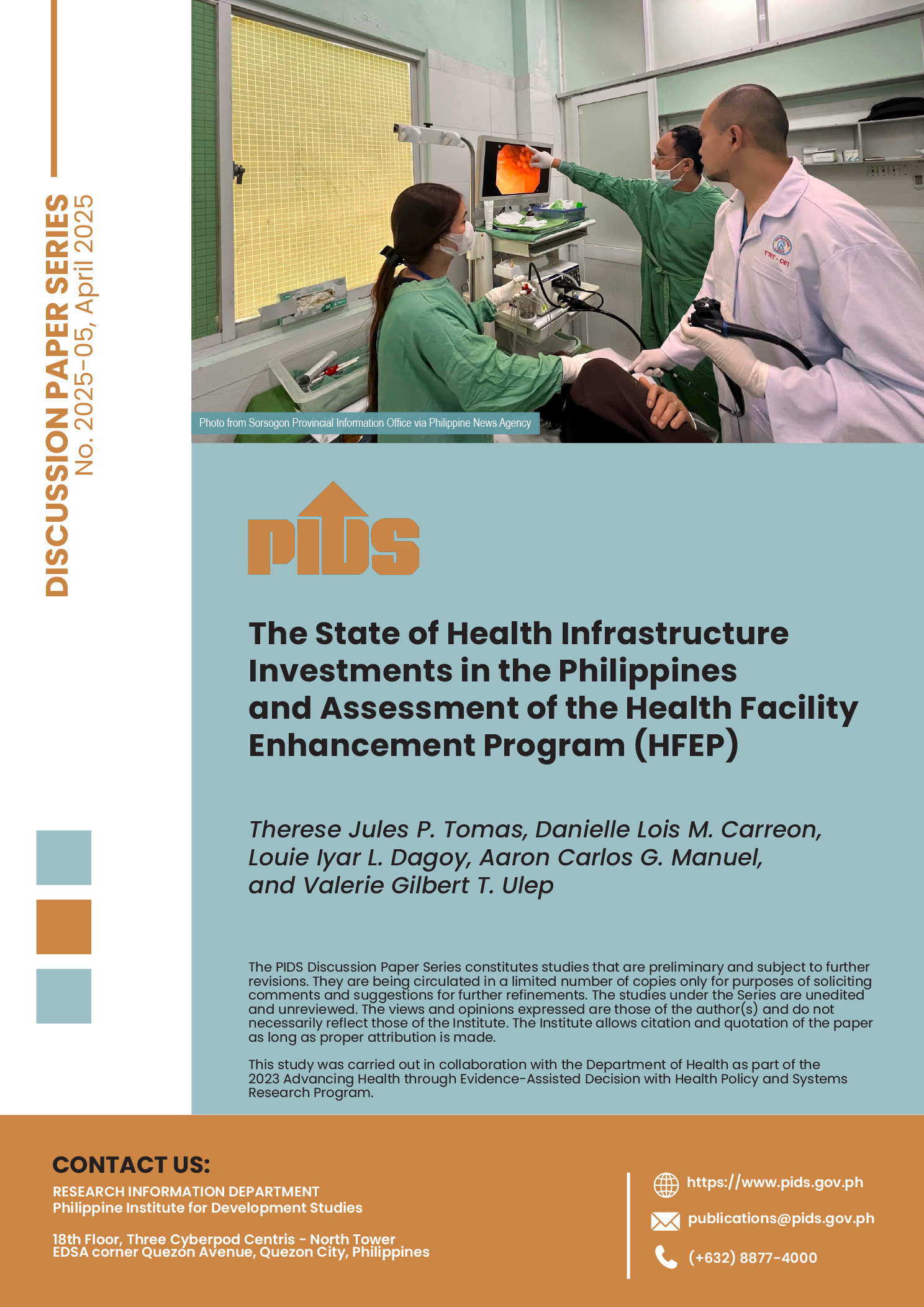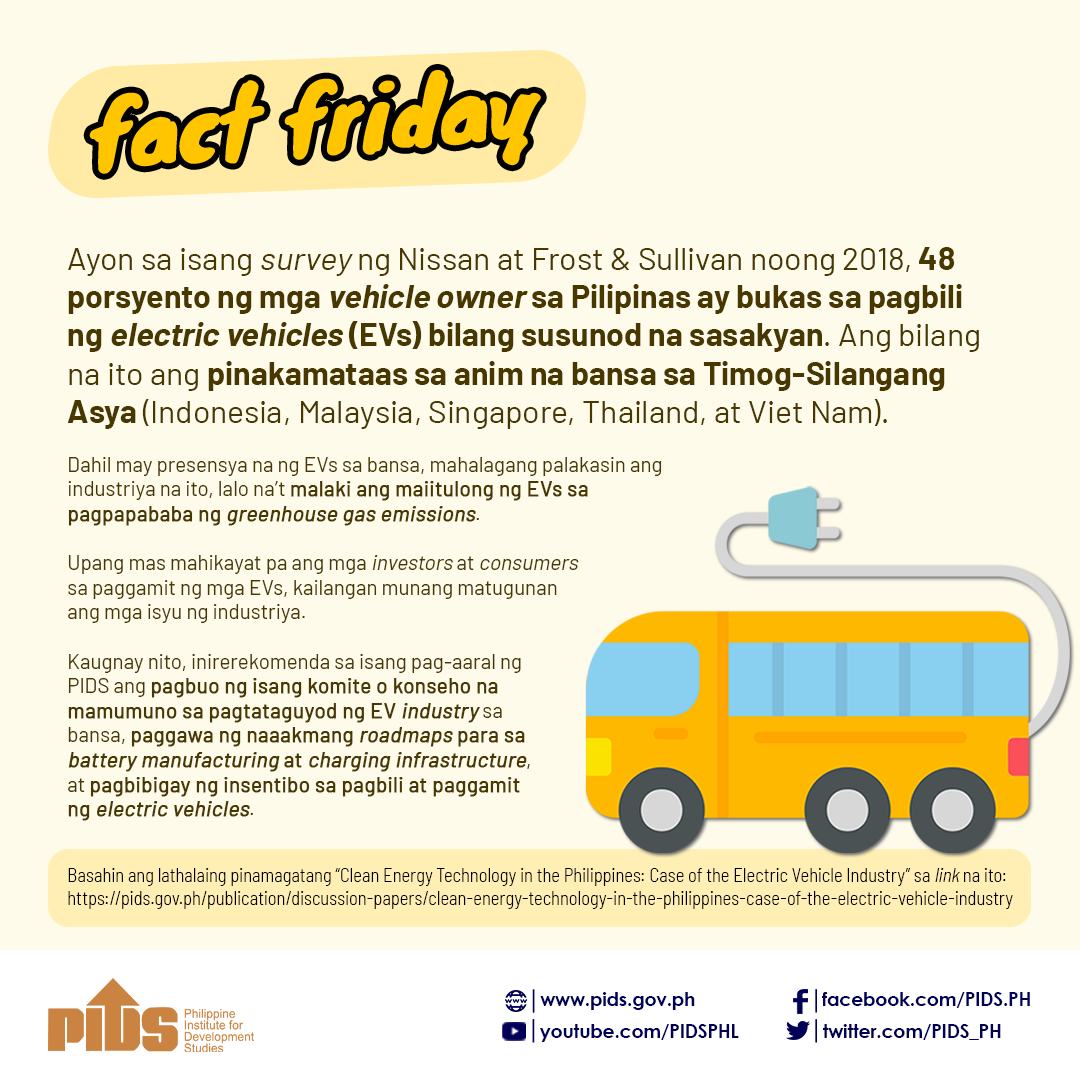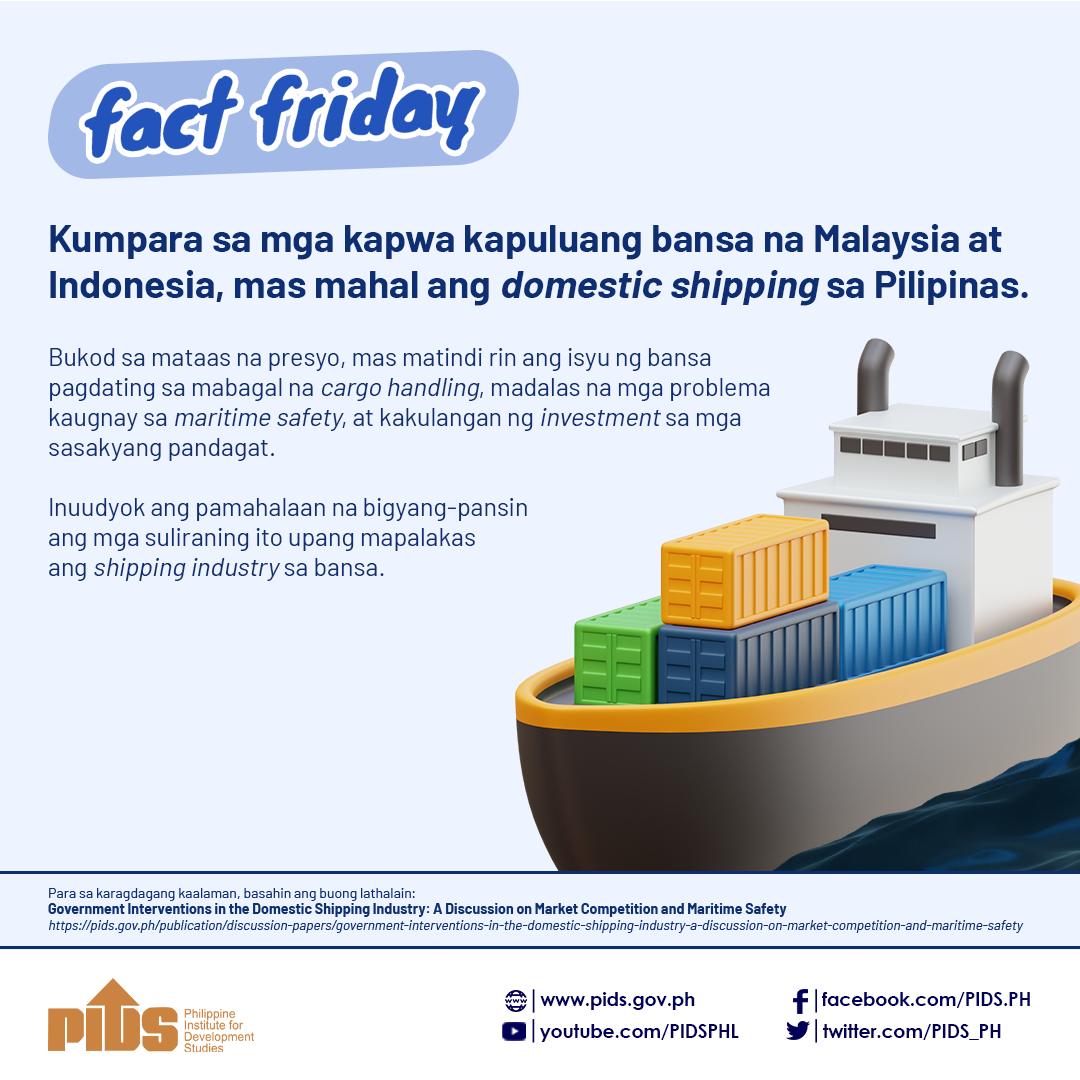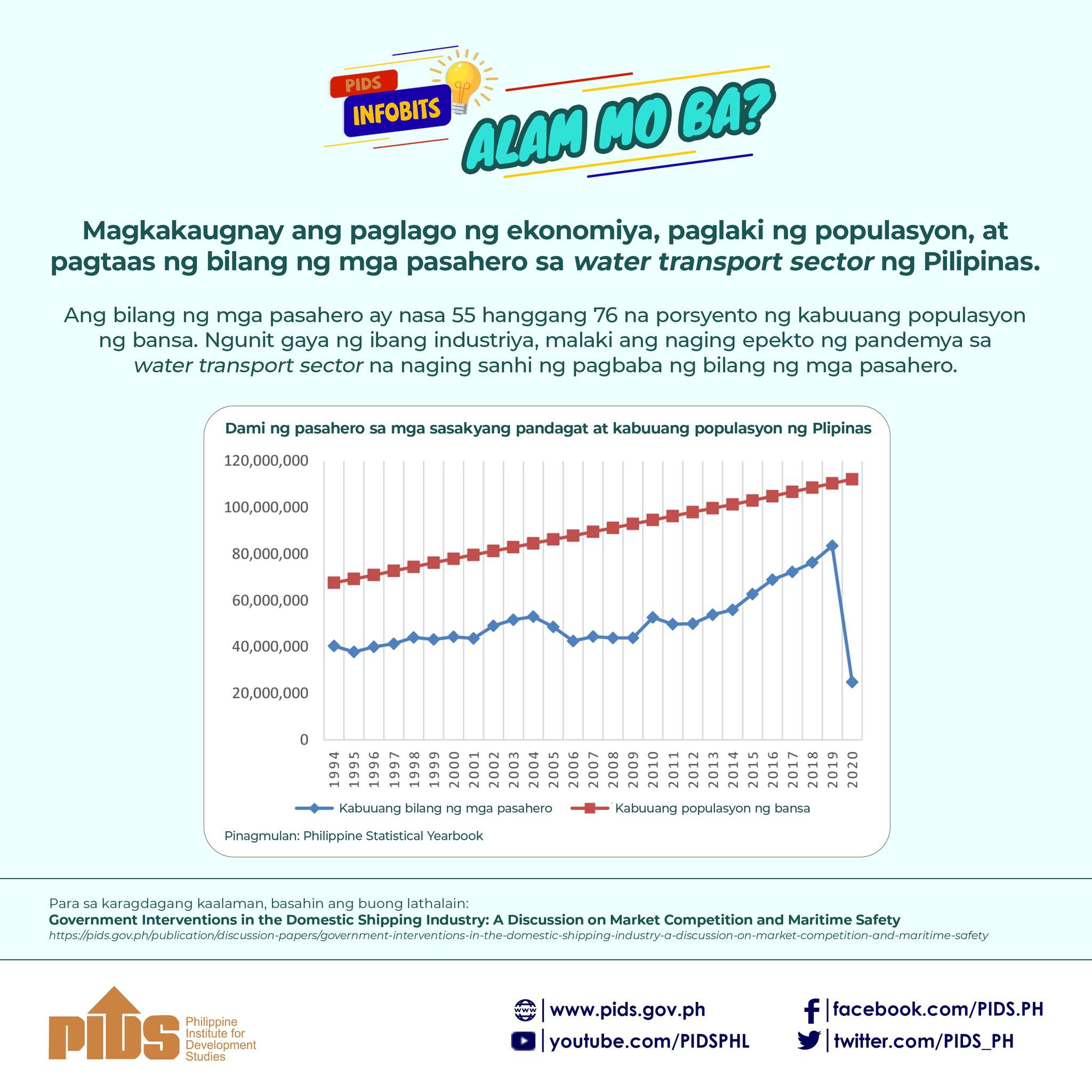Strengthened relations with the United States and the Armed Forces of the Philippines modernization program are giving way to a robust defense industry that even global high rollers have taken notice of.
The country commercial guide of the US Department of Commerce listed the Philippines as being a country of opportunity for arms and defense equipment.
It mentioned the Armed Forces of the Philippines’ 15-year modernization program that started in 2012 and will continue through 2027.
Republic Act 10349 (or the Revised Armed Forces Modernization Act) paved the way for the modernization program to strengthen the AFP’s capability to address counterterrorism, maritime domain security, and internal threats.
“It was designed to protect defense modernization efforts from shifts in the country’s political climate,” according to the assessment which was necessary to ease worries about unstable policies due to shifting political winds.
Particular interest was placed on the third horizon period (2023 to 2027) of the modernization plan which was budgeted with $4 billion.
“There are opportunities for selling aircraft, ships, unmanned vehicles, intelligence and surveillance systems, communications, personal protective equipment and weapon systems,” the commerce department indicated.
It indicated that the US is a key supplier of defense equipment to the Philippines but faces stiff competition from Israel, South Korea, Turkey, Italy, Spain, France, Sweden and Germany.
“China is also gaining momentum in the market,” it reported.
The AFP is preparing a list of equipment for Horizon III procurement until the new administration determines new priorities, the report added.
The report pinpointed combat utility helicopters, heavy-lift helicopters, larger unmanned aerial systems and advanced communications equipment as having the biggest opportunities in the Philippines.
Aside from the modernization budget, the report said security forces encompassing the service commands and the Philippine Coast Guard ”receive an average of $120 million to $125 million annually in grant funds, inclusive of Department of State Foreign Military Fund and International Military Education and Training and Defense Security Cooperation Agency Building Partnership Capacity programs 333, 332b, and the Maritime Security Initiative.
“As a US grant recipient, the Philippines has acquired ships (such as High-Endurance Cutters), aircraft (C130H/T models), and vehicles via the US Government’s Excess Defense Articles Program. Foreign Military Sales and all US grant assistance are handled by the Joint US Military Assistance Group,” it added.
There are challenges, however, the commerce department acknowledged.
It said procurements through the Direct Commercial Sales process require a thorough understanding of the Philippine government procurement system.
“US firms interested in supplying the AFP need to find a local representative and conduct a capability brief to the appropriate service command. The local representative must be familiar with the procedures, nuances, and documentary requirements of the Government Procurement Reform Act or GPRA.”
It added “foreign companies can bid directly for large defense procurement projects. However, a local representative is still required to monitor project development, funding source, budget release, changes in specifications, procurement schedule and other relevant information.”
1% screened for cancer
Healthcare remains a huge sinkhole in the path to prosperity.
A government think tank said screening for breast and cervical cancer among Filipino women could be the lowest in the world with just one percent of Filipinas getting themselves screened, the first step to cancer prevention.
Valerie Gilbert Ulep, a senior research fellow at the Philippine Institute for Development Studies, said at a presentation of his study last month that “a big portion of the country’s cancer burden is preventable” if only more early screening can be conducted among women.
Ulep said cancer patients in their most productive age of 40 to 69 years old account for most deaths, resulting in untold social and economic costs to the country.
For breast cancer alone, 27,000 new cases are reported each year while 9,000 women die annually, PIDS reported.
Low screening has been traced to a lack of funds provided by the government, especially for the poor. This results in very few government hospitals offering screening services.
Also, many fear finding out that one has cancer, and go for screening only when they are already suffering and it is too late.
“We are diagnosing cancer patients at a very, very late stage,” he said, adding “It boils down to (conducting) comprehensive preventative and curative interventions for the population” to save those afflicted.
The cancer screening rate in Malaysia and Thailand is 20 percent and “they are even worried that their rate is low,” Ulep said, adding that Cambodia and Myanmar have better numbers than the Philippines compared to the West which has a 50 percent screening rate.












